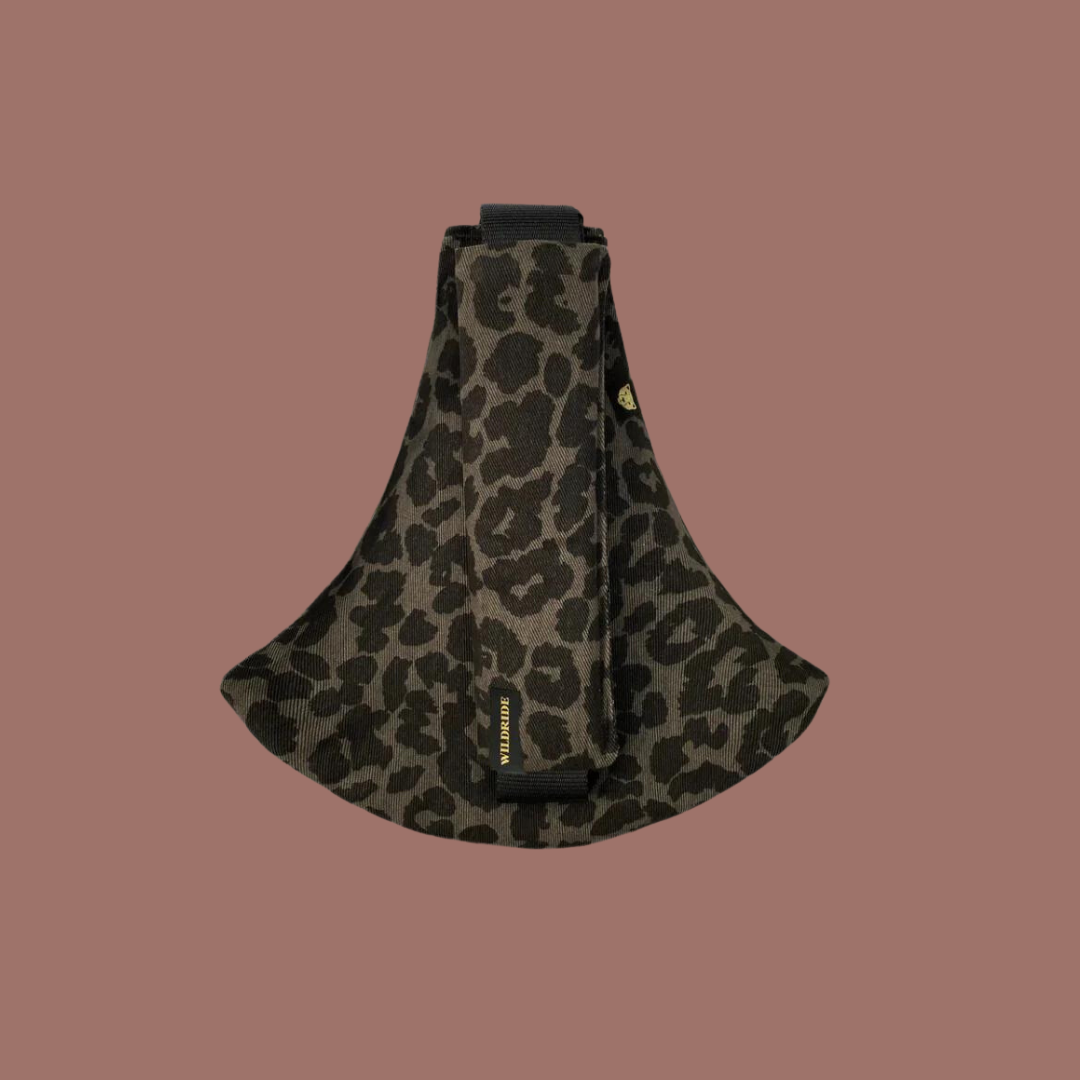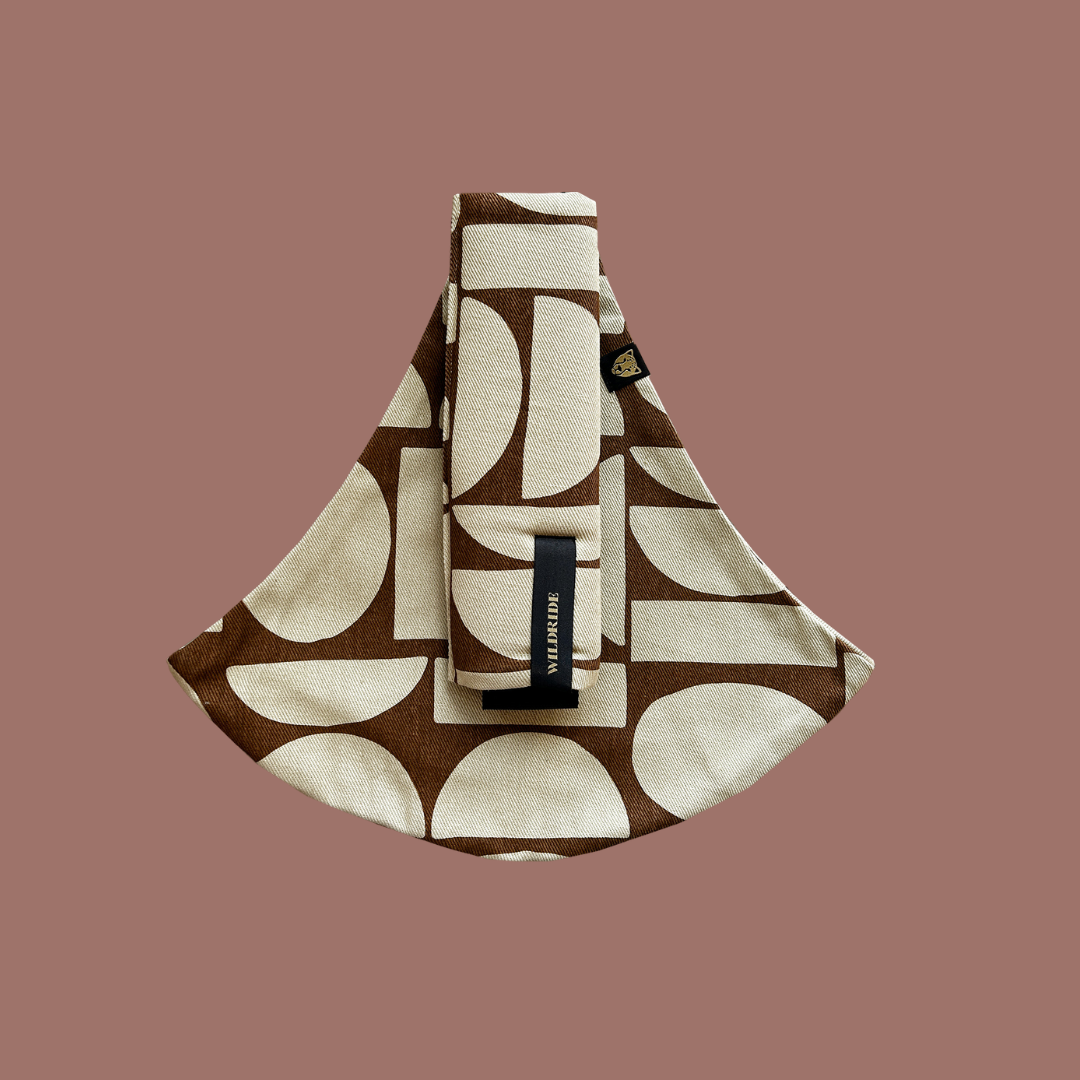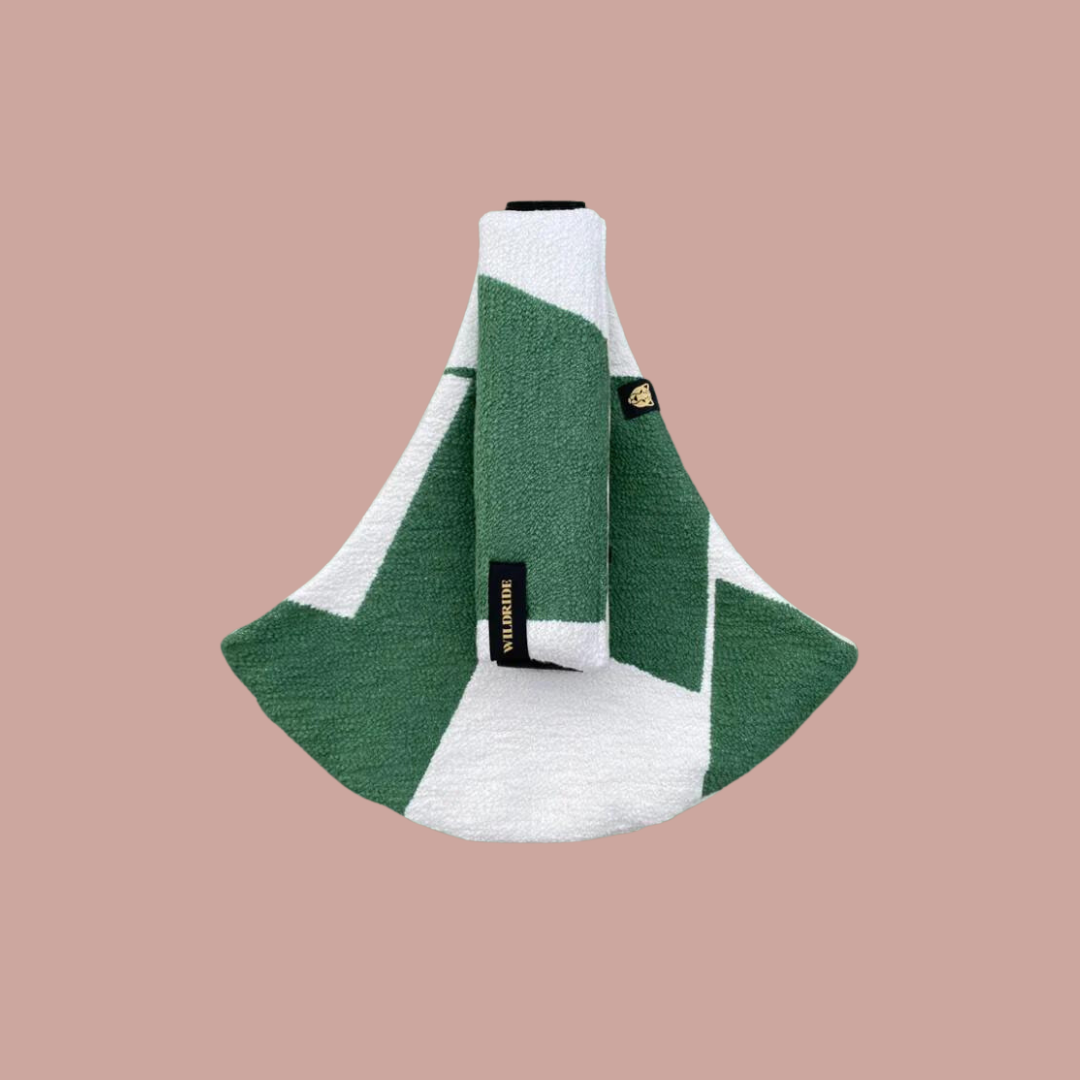
Naptime on the Go: Sleep Solutions with Wildride Carriers
Key Takeaways
- Naptime Innovation: Revolutionary carrier design for mobile sleep solutions
- Age Compatibility: Designed for children 9 months to 4 years
- Sleep Comfort: Ergonomic positioning mimicking natural sleep environments
- Mobility Advantage: Enables seamless naptime across diverse settings
- Sleep Science: Leverages natural motion and physical proximity to promote infant sleep and comfort
- Developmental Support: Supports cognitive and emotional growth through intimate carrier-based experiences
Naptime Reimagined: A Modern Parental Lifeline
Parenthood is a juggling act of endless proportions. Gone are the days when nap times meant being confined to a nursery or living room. The Wildride toddler carrier emerges as a game-changing solution for parents who refuse to press pause on life when their little ones need rest.

Sleeping Like They're Still in the Womb: The Magic of Carrier Comfort
Imagine recreating the most peaceful environment your child has ever known—the warm, secure space of the womb. Scientific research reveals that babies are hardwired to seek comfort through specific sensory experiences. The Wildride carrier taps into these primal comfort mechanisms, transforming every journey into a potential nap opportunity.
Sleep Triggers That Work Like Magic
When a child is carried, a symphony of comfort unfolds:
- Rhythmic walking mimics foetal movements
- Consistent body warmth provides security
- Reduced environmental noise creates calm
- Close physical contact releases feel-good hormones
- Predictable motion lulls tiny minds to sleep
Ergonomic Design: Comfort Meets Science
This isn't just another baby carrier. The Wildride's hip-carry approach isn't a trend—it's a thoughtfully engineered method to support your child's physical development while providing ultimate comfort.
Beyond Basic Comfort
The carrier's design offers:
- Optimal spinal alignment
- Even weight distribution
- Natural hip positioning
- Reduced physical strain for parents
- Promotion of healthy muscle development
Cuddles on the Move: Building Trust Through Carrier Napping
Parenting is more than physical care—it's about emotional connection. Carrier napping creates an intimate experience that strengthens the bond between parent and child. Each step becomes a gentle conversation, each movement a reassuring embrace.
The Emotional Landscape of Carrier Napping
Benefits extend far beyond simple sleep:
- Reinforces emotional security
- Builds profound trust
- Reduces separation anxiety
- Provides consistent comfort
- Supports emotional regulation

From City Streets to Countryside Trails: Nap Anywhere, Anytime
Traditional nap routines are restrictive. The Wildride carrier liberates families from static sleep environments. Whether you're navigating busy London streets, exploring Scottish highlands, or enjoying a Welsh coastal walk, naptime becomes a flexible, stress-free experience.
Naptime Without Boundaries
Parents can now:
- Maintain travel schedules
- Enjoy outdoor adventures
- Continue daily routines
- Support consistent sleep needs
- Explore without limitations
Motion: Nature's Most Powerful Lullaby
Human beings are fundamentally responsive to movement. The gentle rhythm of walking creates a natural, soothing effect that has calmed babies for millennia. Each step in the Wildride carrier becomes a whispered lullaby, guiding your child towards peaceful slumber.
The Walking Lullaby Effect
Research demonstrates that:
- Consistent movement reduces stress
- Walking synchronises neurological patterns
- Physical closeness amplifies sleep signals
- Rhythmic motion triggers relaxation responses
Material Magic: Crafting the Perfect Sleep Cocoon
The carrier isn't just a piece of fabric—it's a scientifically designed sleep environment. Breathable 100% cotton ensures your child remains comfortable, creating a consistent microclimate that supports uninterrupted rest.
Fabric Innovation Highlights
- Moisture-wicking properties
- Temperature regulation
- Soft, skin-friendly texture
- Hypoallergenic characteristics

Practical Parenting: Mastering Carrier Naps
Transitioning to carrier napping requires patience and strategy. It's about creating positive associations and establishing routines that signal sleep time.
Expert Implementation Strategies
- Begin with short carrier sessions
- Maintain a consistent walking rhythm
- Use calm, soothing vocalisations
- Choose predictable environments
- Dress in comfortable, layered clothing
Comparative Insights: Carrier vs Traditional Napping
While traditional methods have their place, carrier napping offers unparalleled flexibility for modern families. The ability to maintain productivity while supporting your child's sleep needs represents a significant lifestyle enhancement.
Long-Term Developmental Advantages
Consistent carrier napping contributes to broader developmental outcomes. The combination of physical closeness, movement, and secure attachment supports cognitive and emotional growth.
Expert-Endorsed Naptime Solution
Scientific research supports the benefits of carrier-based napping. A landmark randomized controlled trial by Hunziker and Barr (1986)[¹] demonstrated that increased carrying significantly reduces infant distress and promotes more stable physiological states, suggesting potential improvements in sleep patterns and overall comfort.
Embrace Naptime Freedom: Your Adventure Starts Here
Tired of being stuck at home during nap times? The Wildride carrier is your ticket to naptime freedom, allowing you and your little one to explore the world without sacrificing sleep schedules. Discover how easy and comfortable mobile napping can be with our range of stylish, ergonomic carriers designed for modern parents who refuse to compromise.
Frequently Asked Questions
-
How long can my child comfortably sleep in the carrier? Most children manage 1-2 hours, with individual variations based on age and personal comfort.
-
Is the carrier safe for extended napping? Excellent for shorter naps; professionals recommend alternating with flat sleep surfaces for prolonged rest.
-
Can continuous movement affect sleep quality? Scientific evidence suggests rhythmic motion often enhances rather than disrupts sleep patterns.
-
What age is most suitable for carrier napping? Recommended for children between 9 months and 4 years, considering individual developmental stages.
-
How do I transition my child to carrier napping? Gradual introduction, consistent routines, and creating positive associations are key strategies.
References
[¹] Hunziker, U. A., & Barr, R. G. (1986). Increased Carrying Reduces Infant Crying: A Randomized Controlled Trial. Pediatrics, 77(5), 641-648. DOI: 10.1542/peds.78.4.631

